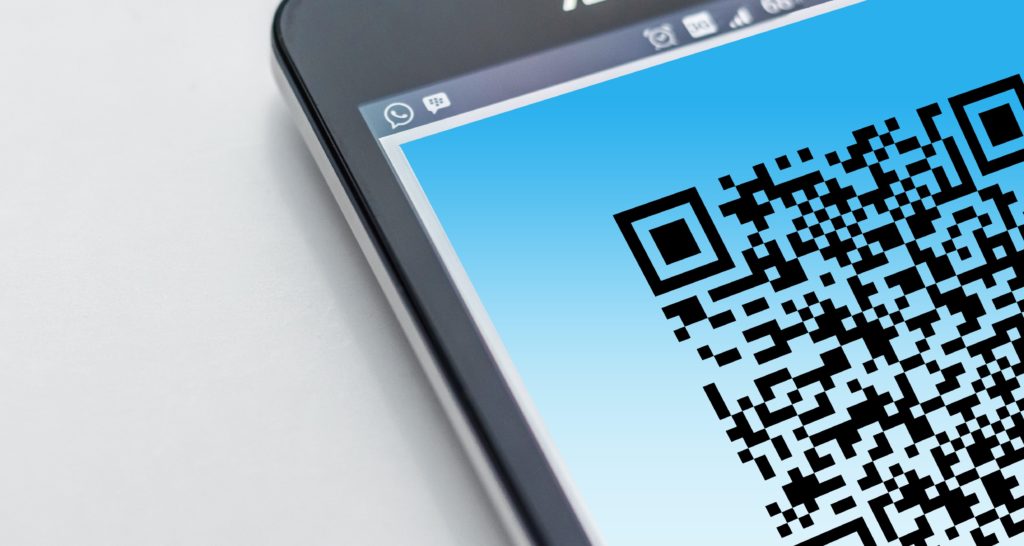By Michael Chrisment, CEO of farmer connect®
Before the pandemic, QR codes were on the brink of extinction, despite being in existence for over 25 years. They were rarely used by consumers and had little practical application.
The pandemic, however, has promoted a dramatic revival in the fortunes of the humble QR code, with a recent survey showing that 47% of consumers have noticed an increase in QR code usage since the start of COVID-19. Let’s face it they’re everywhere. Their versatility is spanning everything from underpinning the government’s Test & Trace scheme and NHS COVID Pass rollout, to allowing hospitality venues to manage social distancing and accept payments. As a result, huge swathes of the population have become very comfortable with scanning monochrome chequered grids.
And therein lies the opportunity for marketers: consumers have become accustomed to a simple technology pervading their lives which just so happens to offer a cost-effective way to significantly enhance the customer experience and relationship with brands.
Businesses have embraced the technology and the opportunities it provides in many ways, but marketers are still yet to tap into the mass of possibilities it can bring to build brand awareness, demonstrate ethics and increase customer loyalty.
The beauty of QR codes is their simplicity. There are very few barriers to entry for brands to adopt them to start to transform the experience they bring the buyer. And they can help transform every industry and every product – from high value purchases to FMCG.
Take coffee, for example.
Prior to the pandemic, consumer interest in the provenance of coffee was growing. UCC Coffee, based in the UK, spotted an opportunity. They established connected packaging with QR codes for their Orang Utan Coffee brand, using technology from the farmer connect® platform to let consumers trace the coffee they buy.
Buyers and retailers can scan the QR code on the packet and trace the coffee back to its origin via the ‘Thank My Farmer™’ app, building “farm-to-consumer” trust by providing detailed information about where the product has been sourced. The QR code means the consumer can learn far more information about the coffee than would ever fit onto the packaging alone, as well as allowing them to donate, order more, thank the farmer and view an interactive map showing the coffee’s journey.
The Orang Utan Coffee brand was born from a mission to save the rapidly declining rainforest habitat of the Sumatran orangutan, and consumers using the QR code have the opportunity to contribute to the supporting foundation. The average dwell time on the app is two-to-three minutes. Consumers engaging in deeper ways, paving the way to greater business growth and awareness.
Amazon’s own brand, Happy Belly Select has also taken note of this consumer demand and select coffees from the range are now made from fully traceable coffee beans. The fully sustainable and ethical coffee is certified by Rainforest Alliance and UTZ, and as a result, with each purchase from the select range, consumers are helping hundreds of farmers and their families across the world, enabling sustainable farming of coffee, tea, cocoa and hazelnuts. This certification prevents companies from ‘greenwashing’ marketing tactics and means consumers can guarantee the product is sustainable.
Using a QR code in everyday life has become part of the consumer’s subconscious, and there is every reason to believe they are here to stay. Despite its age, QR codes are the bright new tool for marketing, and businesses need to move fast to capitalise on the consumer’s ease with this technology. The era of QR code innovation brands is only just beginning.








